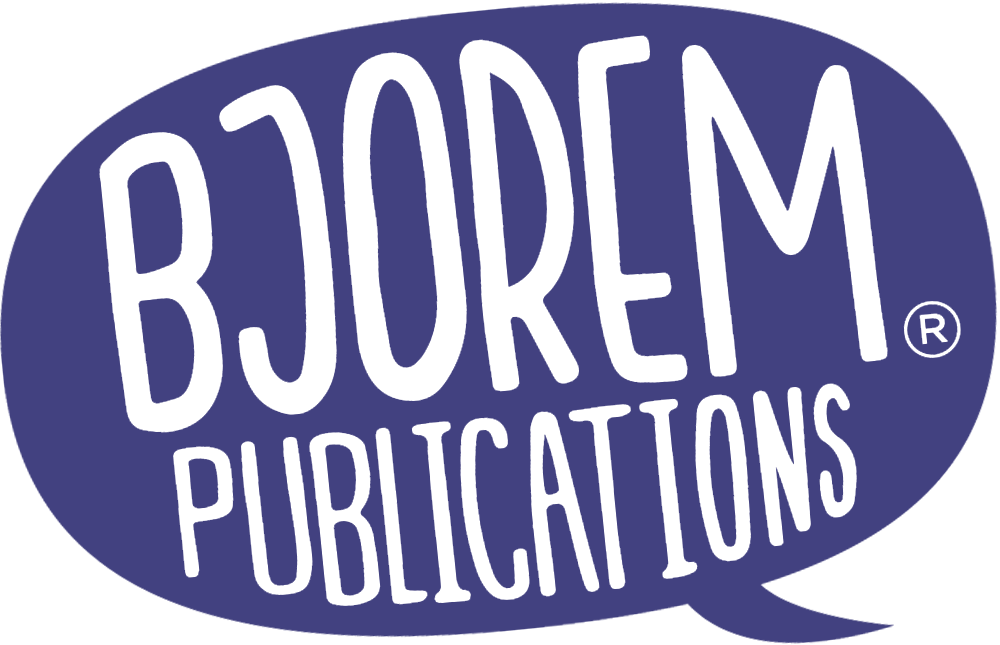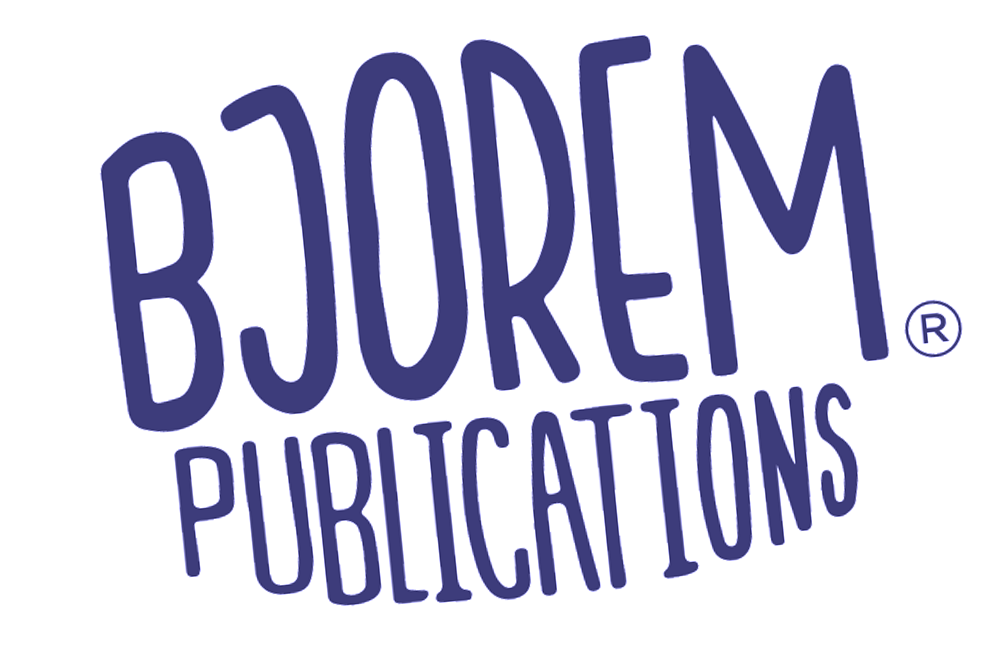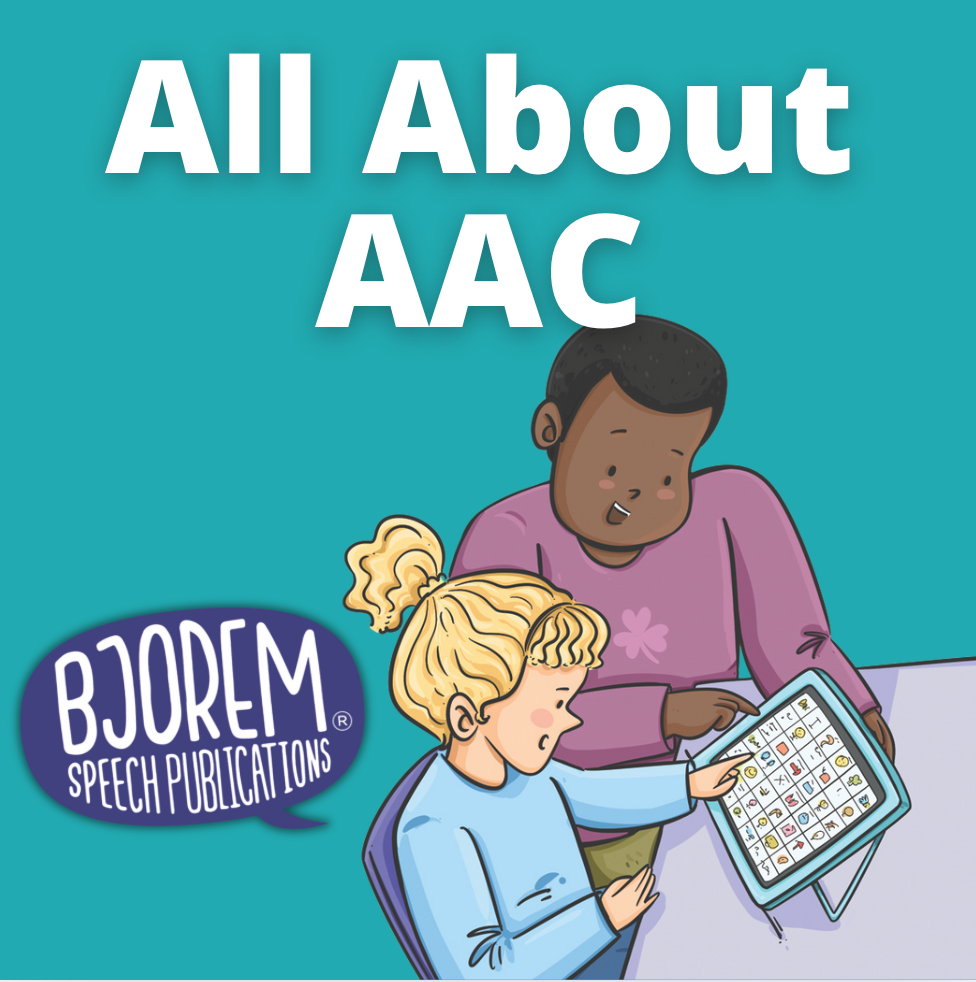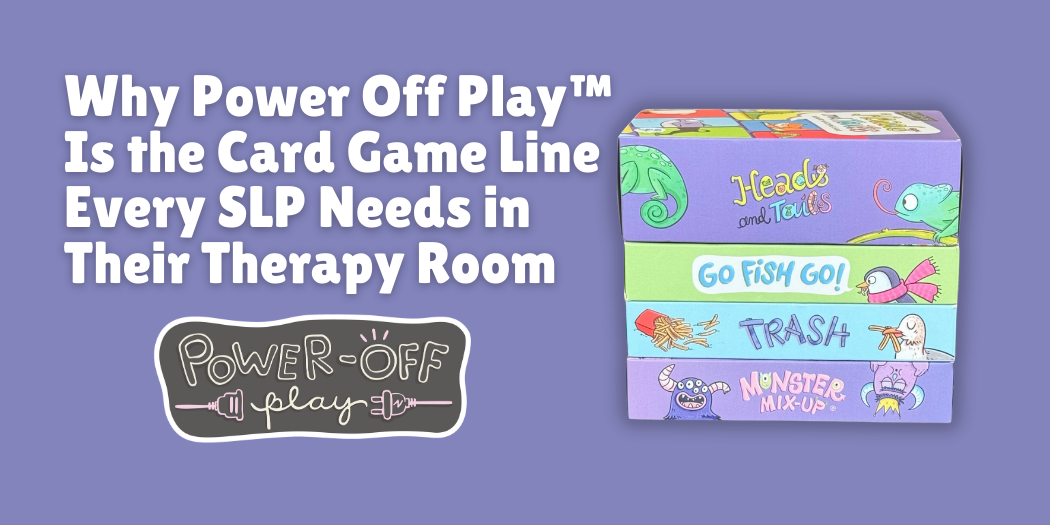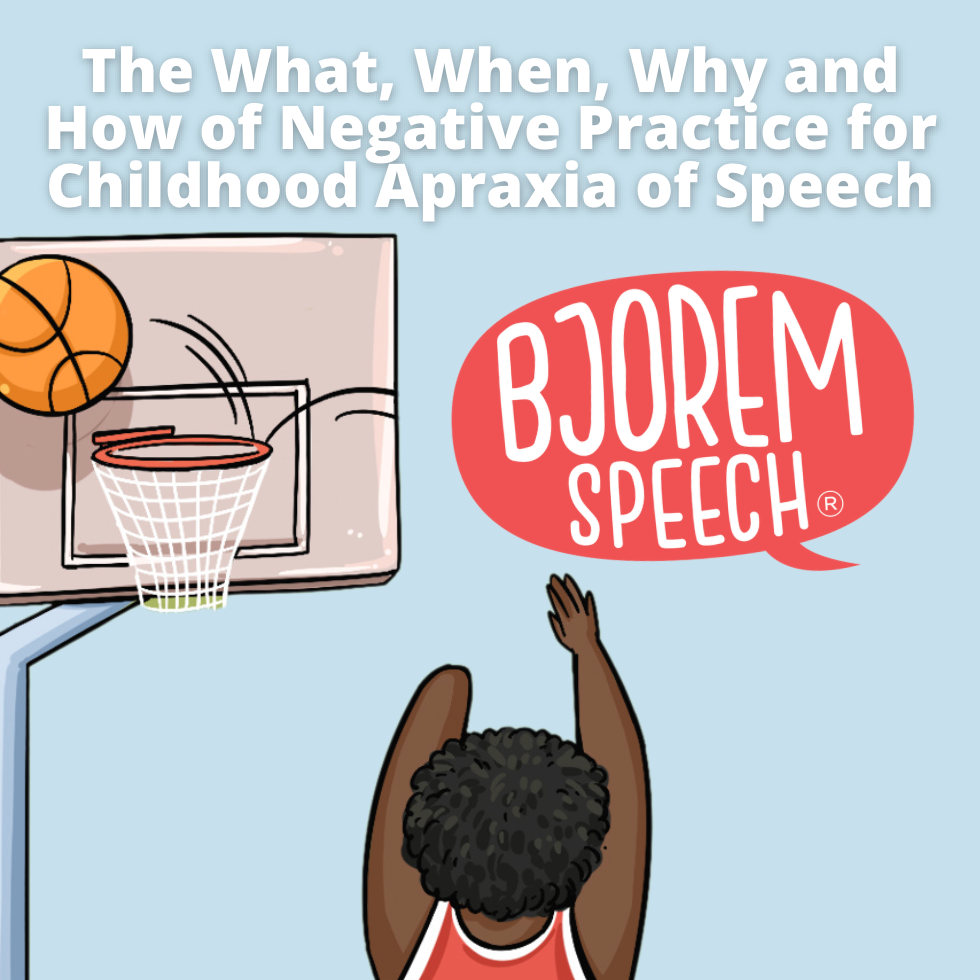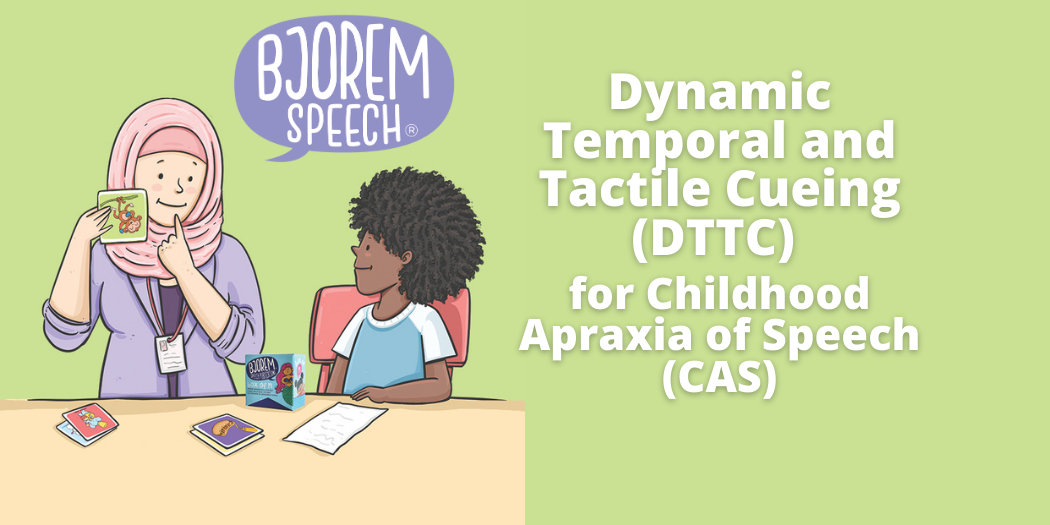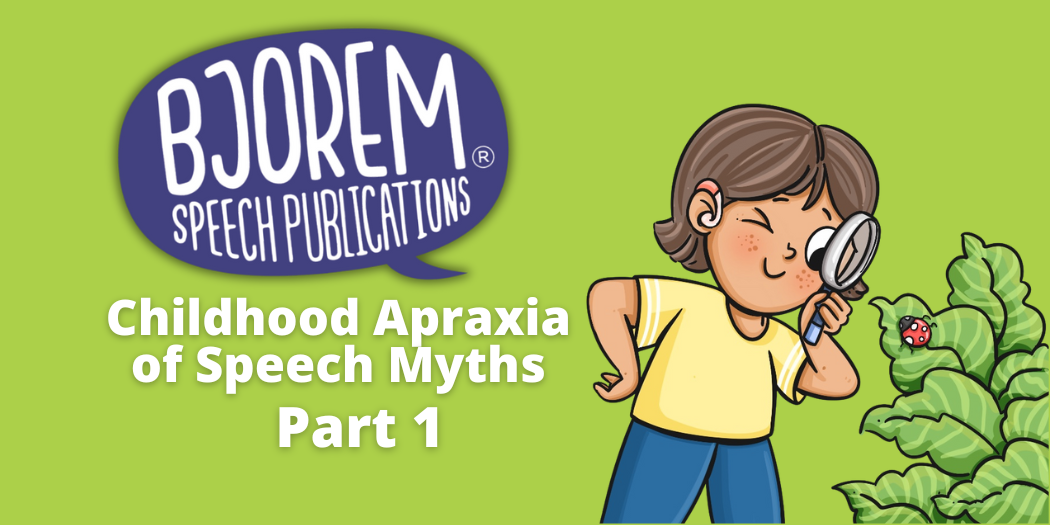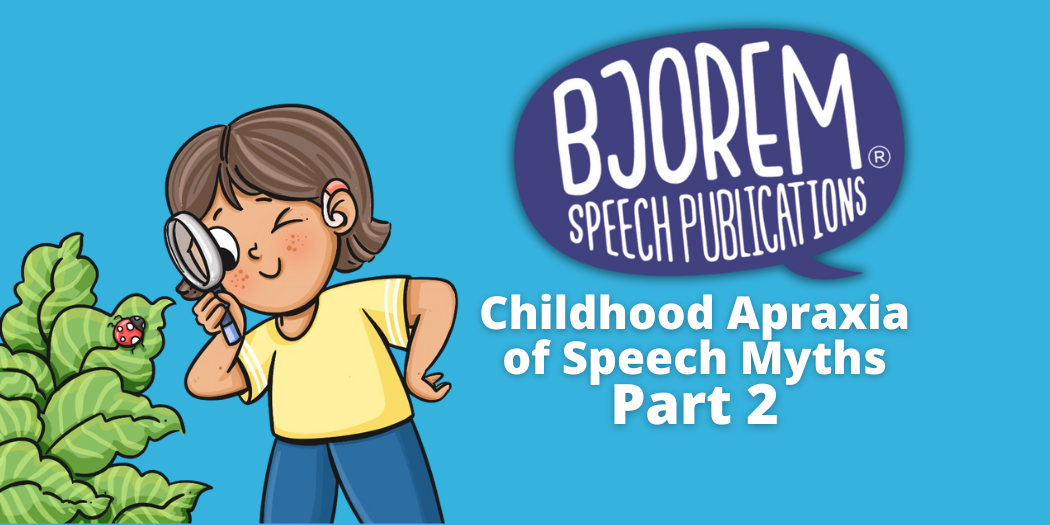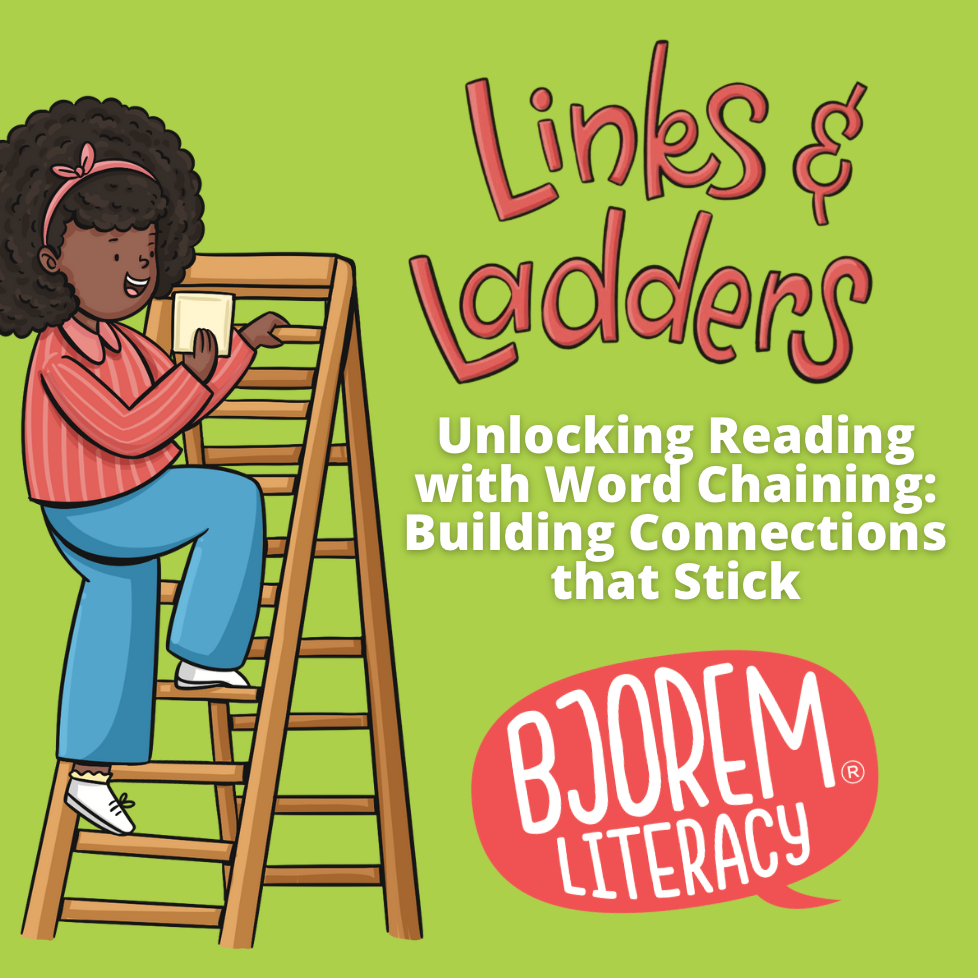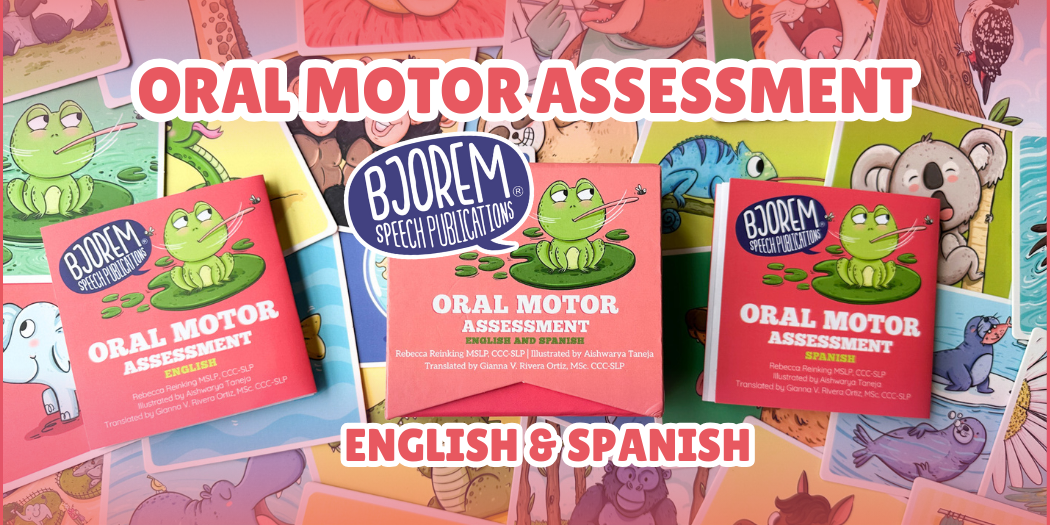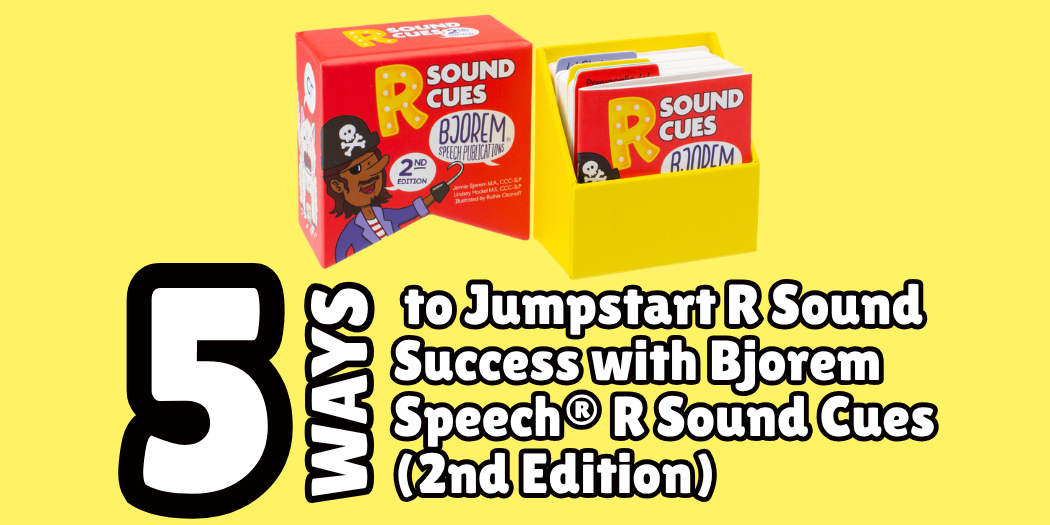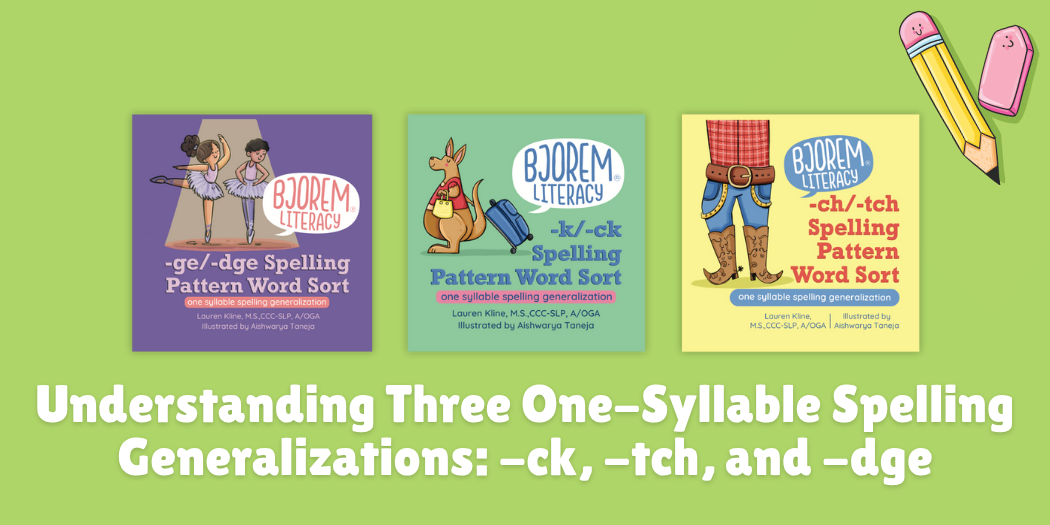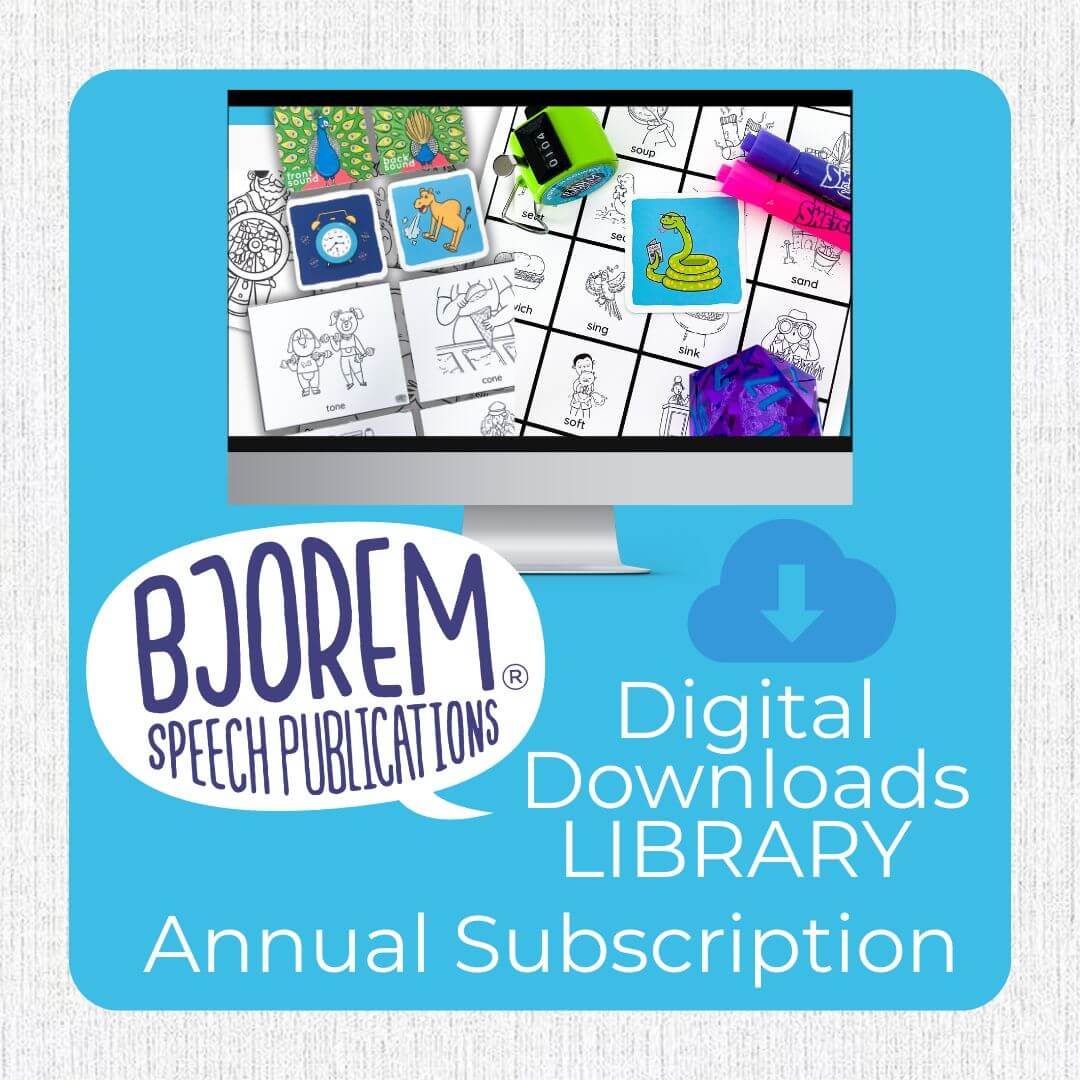AAC 101
October is AAC Awareness month! Let’s increase awareness by sharing essential and up-to-date information about AAC.
What is AAC?
AAC stands for augmentative and alternative communication and includes all of the ways that someone communicates other than speech (talking). Augmentative refers to communication that is used in addition to speech. Alternative refers to communication that is used instead of speech.
Communication comes in many forms, including speech, gestures, body language, sign language, facial expressions, drawing, pointing to pictures, writing, texting, using an app on an iPad or tablet or a speech-generating device (SGD) and more!
While all of us use multiple forms of communication, AAC is critical for many individuals with communication disorders, including children with childhood apraxia of speech (CAS). For some children with CAS, AAC is a primary form of communication for a period of time as they develop speech. For others, AAC is used as a supplement and for conversational repair when they are not understood. And for some individuals with apraxia, AAC is their primary form of communication for their entire lives, at least in certain situations. AAC can be the way an individual is able to communicate fully, without being limited by their ability to accurately motor plan and program speech, which is the main challenge for individuals with apraxia.
For many children with CAS, there is a significant discrepancy between their language abilities and their ability to produce intelligible speech. While this is often the case for young children with apraxia, it can remain the case for some individuals with apraxia through their childhood and into their adult years, depending on the severity of their apraxia as well as co-occurring challenges and access to resources, such as evidence-based speech therapy at the appropriate dosage.
It is also sometimes the case that children with apraxia benefit from AAC in school to help demonstrate their academic knowledge, without the confounding factor of having to communicate through speech. For example, a child may use AAC to indicate literacy skills, such as sound-letter associations, when their speech is not consistent enough to do so.
Another reason that AAC is often valuable for children with apraxia is that there may be situations in which their speech is not reliable or consistent. Often this can happen in times of stress, excitement, nervousness or other heightened emotions. In these situations, when cognitive resources are more focused on the limbic system (emotional centers of the brain), fewer resources are available for the cortical centers of the brain, which include language, as well as the areas involved in motor planning and programming for speech.
When discussing AAC, you’ll sometimes see a few terms used included aided, unaided, low-tech and high-tech. Unaided AAC refers to methods in which we don’t need anything external to communicate. This includes gestures and sign language. Aided indicates that an external tool, such as pictures or an app on a device, is needed. Aided includes low-tech and high-tech. Low-tech refers to items that are not electronic, such as core-boards. High-tech refers to items that are electronic, such as an iPad with a communication app.
Other important terms to understand are non-verbal and non-speaking. Verbal is a broader term that includes many forms of communication. It includes speech, but also includes other forms of symbolic communication, such as sign language and devices. Non-speaking refers to an individual who is not using speech to communicate. An individual may be verbal and speaking, or non-speaking and verbal, or non-verbal and non-speaking.
AAC Myths
Let’s quickly dispel a few common myths or outdated beliefs about AAC.
-
Myth: Using AAC decreases a child’s motivation to talk.
Research has consistently shown that access to AAC not only increases a child’s use of AAC, but often also increases their use of speech. Multiple systematic reviews have concluded that AAC facilitates speech for most children.
-
Myth: A child needs to meet prerequisite skills to use AAC.
There are no perquisite skills for using AAC! Children learn best when AAC is modeled, along with speech, as a valid way to communicate.
-
A child should start with unaided or low-tech systems before moving on to high-tech systems.
It was previously thought that children needed to start with unaided or low-tech options, such as picture exchange, before preceding to high-tech options, such as a speech-generating device. It was also thought that children needed to progress through a hierarchy of pictures, such as moving from real objects, to pictures of real objects, to symbolic pictures. However, we now know that this is not the case. While some children may be looking at the pictures, we know that a lot of using icons on a communication device is motor learning, meaning that it is the location of the icon that the child memorizes. Think about this with your smart phone – sometimes you look for the symbol for an app, but mostly you know where to go because you have memorized the location.
Key Points and Best Practice for Helping a Child Learn AAC
We have strong external (research) evidence for aided language stimulation (See the ASHA evidence Map at https://apps.asha.org/EvidenceMaps/Articles/ArticleSummary/75d0854a-4082-4469-9180-f96e5537183d). In aided language stimulation, language strategies are utilized and language is modeled both with speech and AAC. Some important features of aided language stimulation include:
-
Model without expectation
This means that the adults in the child’s environment use AAC, along with speech. This teaches the child that AAC is a valid way to communicate. This also means that we are teaching the intrinsic value of communication, not that using AAC is a requirement or type of work.
-
Provide robust vocabulary
We want to presume competence, not make assumptions about what a child may want to communicate. This means we are providing a full, robust vocabulary for the child to access.
-
Keep AAC accessible
Just as a child who uses speech to communicate always has access to their voice, children who are using AAC should have access to their form(s) of communication as much as possible. Obviously, devices have to be charged, but we can do our best to have their devices charged and accessible during the child’s waking hours. We can also have low-tech options, such as a core-board, available for times when their device might be temporarily unavailable.
Conclusion
That’s a quick summary of AAC, including important terms, outdated beliefs, and best practice. Use this as a resource to quickly share the essential information about AAC this month for AAC Awareness Month and year-round!
